
Sometimes, nonprofit marketing feels more like a burden than an opportunity. The average social media user scrolls through 300 feet (nearly the height of the Statue of Liberty!) of their newsfeed daily—and it’s up to your organization to continually produce engaging content that keeps them from skimming past.
Fortunately, successful marketing doesn’t depend on how much you do, but rather how you approach it. By identifying what channels and types of content will resonate with your target audience, you can focus your energy and resources where they matter most, whether that’s crafting heartfelt fundraising letters or creating keyword-optimized Google ads.
Let’s explore some top nonprofit marketing ideas that could be game-changing additions to your current strategy.
1. Take a multichannel approach
In most cases, donating isn’t a single step—it’s a journey that involves many touchpoints, ultimately leading to a decision to support your nonprofit. Multichannel marketing allows you to reach a broader audience, build brand awareness, and create more touchpoints. The more calls to action you present donors, the more you increase the chances they’ll act on one.
Consider incorporating the following channels into your marketing approach:
- Social media: Platforms such as Facebook and Instagram have low barriers to entry and massive user bases. Assess your target audience’s interests and preferences to determine which platforms to focus on and what types of content are most likely to succeed on each one.
- Email: Send updates, fundraising appeals, and surveys to those who have already signed up for your newsletter or provided their email address to your nonprofit. Emails are easy to personalize and automate for targeted communications, no matter what you’re asking recipients to do.
- Text messaging: Text messages are ideal for asking people to take quick, specific actions once they opt into your text contact list. For instance, you could send reminders to donate to your Giving Tuesday campaign, thank-you messages, or alerts about an upcoming event.
- Direct mail: Traditional mail may not be as instantaneous as digital marketing, but it can be a highly effective way to complement your online strategy. A physical letter adds a personal touch to your nonprofit’s communications, making recipients feel individually spoken to and valued by your organization.
Adapt your content to make the most of each channel’s strengths. For example, you might post powerful stories on social media to encourage sharing. At the same time, your emails might include more solid facts and statistics about why people should support your cause, along with links to other educational resources. Then, you could send text fundraising appeals for your current campaign and follow up with direct mail thank-you letters to donors.
2. Sell branded merchandise
By designing and selling branded merchandise, your nonprofit can simultaneously raise funds and promote its cause. Every time someone wears one of your t-shirts or uses a water bottle with your logo on it, they’re boosting awareness of your brand.
To make custom merch for your nonprofit, find an online platform or print-on-demand partner to handle the printing and shipping. Consider what types of products you’d like to sell and start creating your designs. While you could simply add your logo to a plain shirt, developing more eye-catching designs increases the likelihood that people will purchase your items. Keep the following tips in mind:
-
- Use contrasting colors to make the design stand out.
- Divide your design into a three-by-three grid and position important elements along the lines or intersections.
- Choose bold fonts that are easy to read from a distance.
 The Pennsylvania SPCA, for example, created a wide variety of official online merchandise that can appeal to anyone from pitbull lovers to cat parents.
The Pennsylvania SPCA, for example, created a wide variety of official online merchandise that can appeal to anyone from pitbull lovers to cat parents.
Alt text: A screenshot of the Pennsylvania SPCA’s online merchandise store
Once you’ve finalized your nonprofit’s designs, set up an online store so people can purchase your merchandise whenever they want. Additionally, we recommend taking advantage of other opportunities to sell items, such as merchandise booths at events. For instance, during an annual 5K fundraiser, you could sell water bottles, baseball caps, and lightweight t-shirts to attendees.
3. Launch a peer-to-peer fundraiser
Expand your nonprofit’s reach by tapping into your supporter networks. During a peer-to-peer fundraising campaign, participants will promote your organization to their friends and family to collect donations on your behalf. These fundraisers typically follow these three basic steps:
- Set up your platform. Look for an online fundraising platform that makes it easy for participants to create individual donation pages they can send to friends and family. Some options even include extra fundraising features, such as add-on products, so you can sell branded merchandise alongside your peer-to-peer campaign.
- Recruit and onboard participants. Search your nonprofit’s database for individuals who are passionate about your cause and invite them to join your campaign. Host an onboarding session to familiarize them with your nonprofit’s style and communication guidelines, provide technical help, and ensure they are on the same page as the rest of your fundraising team.
- Monitor your campaign. Stay in touch with participants from start to finish. Assign a designated point of contact to provide encouragement and assistance, helping each participant reach their individual fundraising goal.
Encourage participants to share their stories and connection to your cause on their fundraising pages. When their friends and family see why your nonprofit is so important to them, they’ll be more inclined to help out.
4. Host a variety of events
A well-planned event calendar allows you to attract potential donors and solidify your nonprofit’s relationships with existing ones. To appeal to a wider audience, organize a mix of in-person, hybrid, and virtual events throughout the year.
Here are some of the primary benefits of each event format:
- In-person: These events bring people together and help your nonprofit build face-to-face connections with community members. You can plan anything from a formal gala to a park clean-up to a casual chili cook-off.
- Hybrid: These events are highly flexible, enabling people to attend however they can or prefer. Those who live too far to travel to your event can still actively participate through live streaming.
- Virtual: Anyone with an internet connection can attend your online events. Plus, these are usually less expensive to host, since you won’t need to reserve a venue or hire catering services.
Embrace the formats that best align with your nonprofit’s budget, event goals, and audience preferences. For example, you might host a hybrid charity auction where guests can bid in person or online. Then, to raise more funds after the event, you could continue to allow virtual bidding over the next few days.
5. Organize an advocacy campaign
Further your cause and connect with new audiences by starting an advocacy campaign. These initiatives often encourage your community to engage in various ways, including:
- Signing petitions
- Contacting government representatives
- Attending public hearings or rallies
- Sharing information about your cause online
While advocacy campaigns can bring more attention to your cause, planning one is a multi-step process, and individual campaigns can last several months. Ensure your organization has the time and resources to devote to an advocacy campaign before attempting to launch one. Moreover, ensure it aligns with your organization’s core mission and goals.
6. Apply for the Google Ad Grant
Spread the word about your nonprofit with help from the world’s most popular search engine: Google! Through the Google Ad Grants program, eligible nonprofits can receive $10,000 in monthly advertising credits to promote their most important website pages.
Applying for a Google Ad Grant takes time, but according to Getting Attention’s Google Grants eligibility guide, there are some preliminary steps your nonprofit can start completing today.
- Ensure you’re registered with the IRS as a 501(c)(3) organization.
- Sign up for Google for Nonprofits.
- Agree to the application’s nondiscrimination and donation receipt requirements.
You’ll also need to ensure your website is ready for Google to review. This means having a significant amount of valuable content and HTTPS security. From there, you just need to complete your application and await your approval.
As you incorporate these ideas, track relevant metrics such as website traffic, click-through rates, social media followers, and conversion rates. Use this information to hone your strategy and identify the strongest ways to connect with your audience over time.
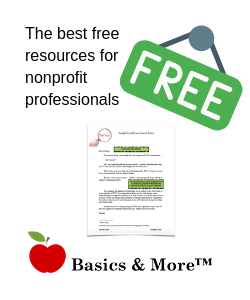
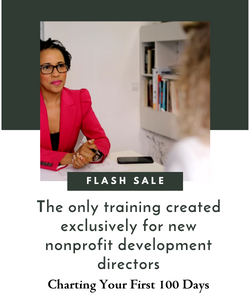
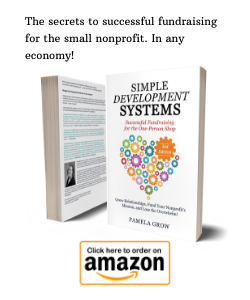
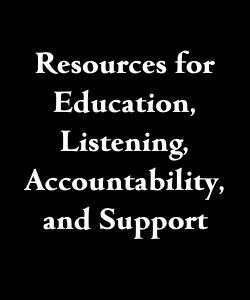

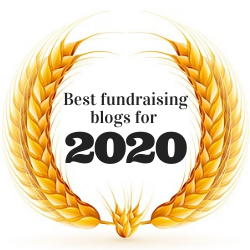


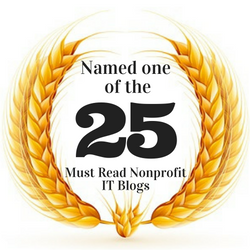

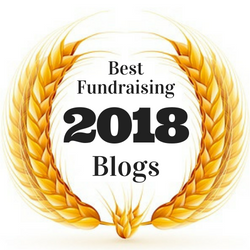
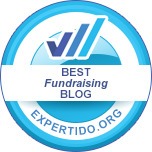

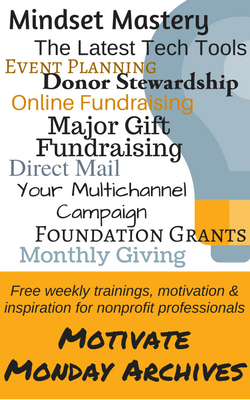


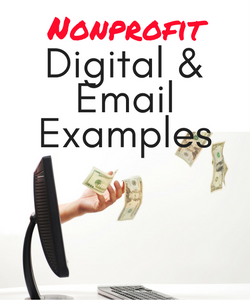

 I can’t wait to meet with you personally.
I can’t wait to meet with you personally.
Comments on this entry are closed.